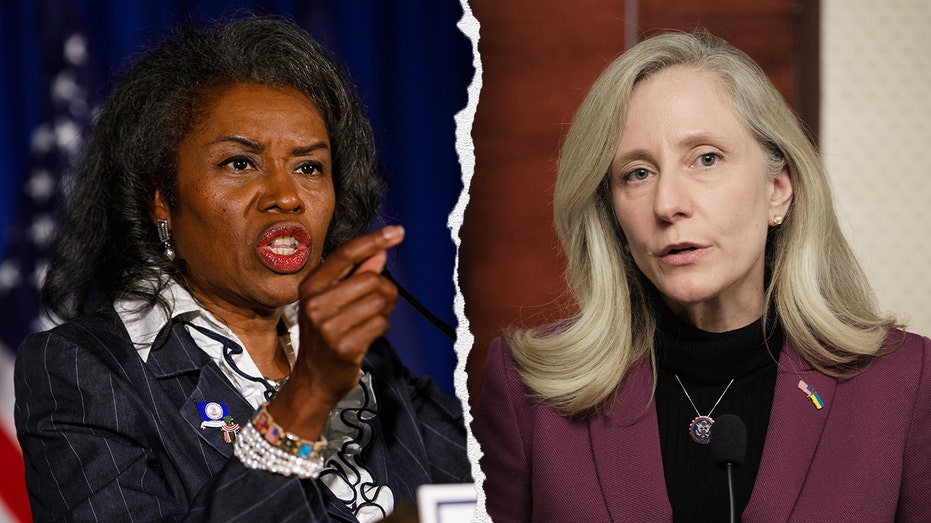In the past 10 weeks, least 50,000 federal government employees have lost their jobs. Many of them had little to no warning. We have those workers and their families in mind as we consider an announcement by Minnesota Gov.
Tim Walz last week. Effective June 1, 15,000 state employees who currently work from home will be required to work in-office for 50% of their workdays each month. Walz and his team cited several rationales for this new policy, including increased collaboration, the need for “strong organizational cultures” in state agencies, and providing St.

Paul with a much-needed economic boost through increased foot traffic downtown. How surprising was this announcement? Well, it drew instant praise from Minnesota GOP leadership and loud opposition from at least two dozen DFL legislators. About 500 state workers protested outside the governor's residence on March 29, and union leaders representing state employees haven't pulled their verbal punches, saying they are “appalled and disgusted,” calling Walz “a bad boss” and declaring the new directive “an act of blatant disrespect.
” Child care seems to be the biggest concern for many remote-working employees. Day care costs have soared in recent years, and in some areas, openings at centers can be tough to find at any price. Remote workers accustomed to “lightly supervising” one child during the workday might soon be paying $800 or more per month to a day care center — a figure that has some workers talking about quitting.
We sympathize. Like a lot of working Minnesotans, members of the PB editorial board have had to make difficult choices to balance work and family. Some have crunched the numbers and left the workforce temporarily to stay home with kids.
Still, we side with Gov. Walz. It's time for state workers to return to the office.
In 2019, prior to the COVID-19 pandemic, just 5.7% of employed Americans worked from home. Most people had never seriously considered remote working.
Getting up and “going to work” was entrenched in American culture. Two years into the pandemic, nearly 19 million more people had joined the ranks of remote workers. This wasn't by choice, and the transition wasn't always easy.
But over time, people adapted. They got comfortable with new routines, new technologies and new work environments. And they discovered that they liked walking the dog during their morning and afternoon breaks.
They liked having the radio on as background noise. They didn't miss shoveling out the driveway to get the car out on a bitter January morning, and they didn't miss the scramble to find child care when school was canceled. They learned to keep one ear tuned to their kids' activities.
While we can understand workers' reluctance to abandon what they see as the “new normal,” we must point out that a majority of American workers didn't have the option of working from home even as the pandemic raged. Instead, they put on masks, followed social-distancing rules and kept grinding. Some of them got sick.
Some of them lost jobs when their employers shut down. Some had to quit because child care was unavailable. For those fortunate enough to work from home during the pandemic, there was no implicit promise that this change was permanent.
Currently, 60% of Minnesota's 40,000 state employees are working in-person, and private companies and corporations across the nation are bringing their former work-from-home workforce back to the office for at least one or two days each week, if not every day. In that context — and with the knowledge that of thousands of now-unemployed federal workers would jump at any state job — we can't echo the outrage being unleashed on Walz in the wake of his return-to-office mandate This policy change isn't a punishment. The governor didn't cite any supposed decline in productivity due to remote work, and we are unaware of any evidence that remote workers are skating by.
And let's be honest — even in an office setting, people don't work hard every minute. They check personal email. They text with friends and family.
A 30-minute lunch with co-workers occasionally stretches to 45. That's not necessarily a bad thing. The pandemic taught us (and continues to teach us) a lot about the health impacts of social isolation and the benefits of direct, face-to-face interaction.
Human beings are social creatures, and the concept of “teamwork” doesn't apply just to sports. There is value in occasionally getting everyone in the same room, in seeing the expressions on co-workers faces, in the brief conversations that happen over a cubicle wall, and in having mid-afternoon birthday cake on a Tuesday. We don't doubt that some affected workers will experience financial and logistical hardships – but we hope (and expect) that this policy will be loosely enforced, at least initially.
Workers who make a good-faith effort to comply should get the benefit of the doubt. A parent who is on the wait list at multiple child care centers shouldn't be at risk of losing his or her job because they can't get to the office every other day. But that flexibility and patience shouldn't last forever.
Full-time state employees in Minnesota have good job security, competitive pay and a solid benefits package. It's not too much to ask that they adapt to the post-pandemic “new normal.”.
Politics

Minnesota Opinion: Gov. Tim Walz's return-to-work order makes good sense

The pandemic taught us (and continues to teach us) a lot about the health impacts of social isolation and the benefits of direct, face-to-face interaction.















